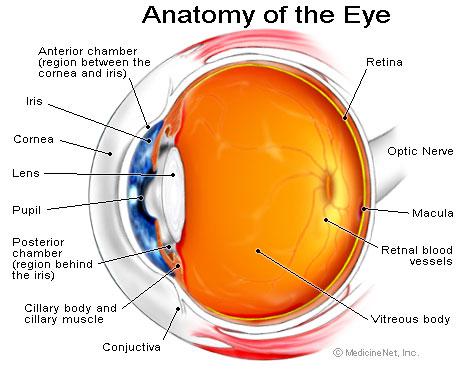The ICE test method is an organotypic model that provides short-term maintenance of the chicken eye in vitro. In this test method, damage by the test substance is assessed by determination of corneal swelling, opacity, and fluorescein retention. While the latter two parameters involve a qualitative assessment, analysis of corneal swelling provides for a quantitative assessment. Each measurement is either converted into a quantitative score used to calculate an overall Irritation Index, or assigned a qualitative categorization that is used to assign an in vitro ocular corrosivity and severe irritancy classification. Either of these outcomes can then.
Heads should be removed immediately after sedation of the chickens, usually by electric shock, and incision of the neck for bleeding. A local source of chickens close to the laboratory should be located so that their heads can be transferred from the slaughterhouse to the laboratory quickly enough to minimize deterioration and/or bacterial contamination. The time interval between collection of the chicken heads and use of eyes in the ICE test method should be minimized (typically within two hours) and should be demonstrated to not compromise the assay results. These results are based on the selection criteria for the eyes, as well as the positive and negative control responses. All eyes used in the assay should be from the same group of eyes collected on a specific day. Eyes that have high baseline fluorescein staining (i.e., > 0.5) or corneal opacity score (i.e., > 0.5) after they are enucleated are rejected.
Once all eyes have been examined and approved, the eyes are incubated for approximately 45 to 60 minutes to equilibrate them to the test system prior to dosing. Following the equilibration period, a zero reference measurement is recorded for corneal thickness and opacity to serve as a baseline (i.e., time = 0). The fluorescein score determined at dissection is used as the baseline measurement for that endpoint.
Liquid test substances are applied to the cornea such that the entire surface of the cornea is evenly covered with the test substance; the standard volume is 0.03 mL. 27. If possible, solid substances should be ground as finely as possible in a mortar and pestle, or comparable grinding tool. The powder is applied to the cornea such that the surface is uniformly covered with the test substance; the standard amount is 0.03 g.28. The test substance (liquid or solid) is applied for 10 seconds and then rinsed from the eye with isotonic saline (approximately 20 mL) at ambient temperature. The eye (in its holder) is subsequently returned to the superfusion apparatus in the original upright position.
Results from corneal opacity, swelling, and fluorescein retention should be evaluated separately to generate an ICE class for each endpoint. The ICE classes for each endpoint are then combined to generate an Irritancy Classification for each test substance.
